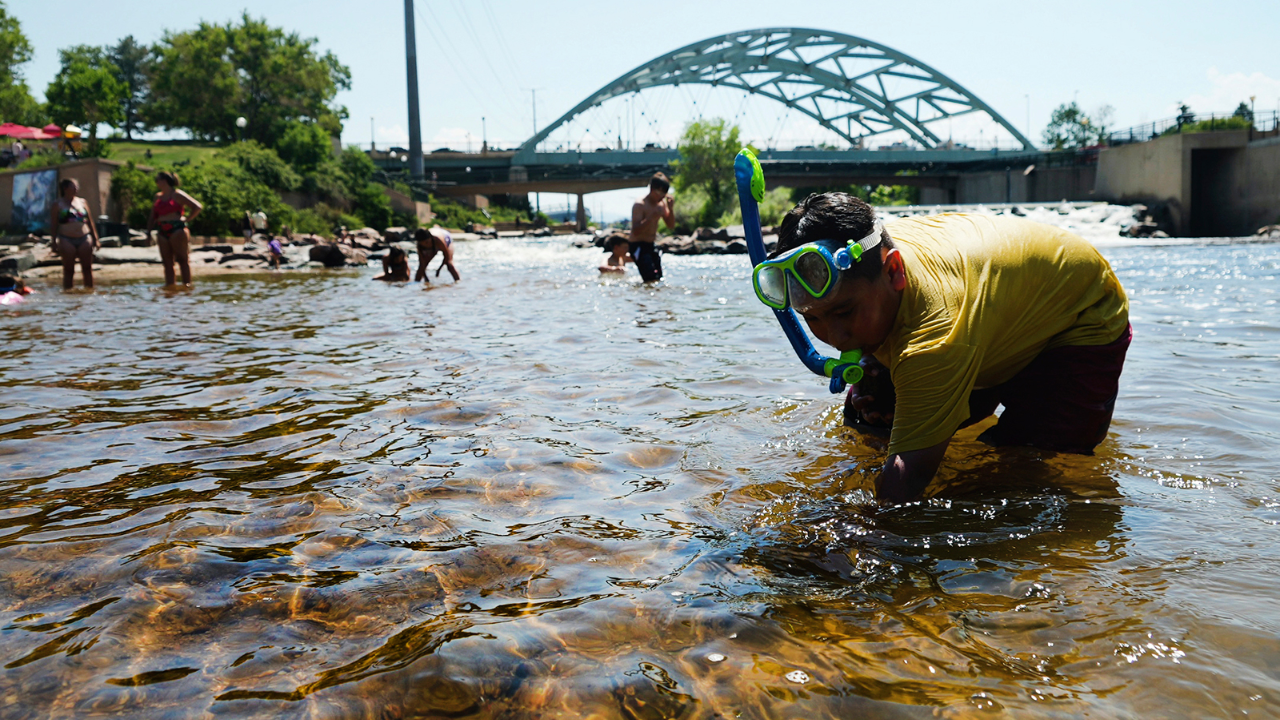High winds are causing concerns for boaters and paddlers across eastern Colorado, prompting officials to issue strong safety warnings.
The National Weather Service (NWS) in Boulder shared an advisory on Tuesday morning through X (formerly Twitter), warning recreational water users about dangerous conditions caused by the ongoing storm.
The advisory suggests that people planning to be out on lakes, reservoirs, or rivers should take extra precautions, especially as winds pick up throughout the day.
The NWS warned that boaters and paddlers in the mountains should be back to shore by noon, those along the Interstate 25 corridor should wrap up by 2 p.m., and people in the eastern plains should be back by 4 p.m.
Kara Van Hoose, a spokesperson for Colorado Parks and Wildlife (CPW), emphasized the risks for water enthusiasts during these storms.
“Paddling against the current and the wind can drain a lot of your energy,” she explained. “Many people end up stranded, needing rescue, or even falling off their watercraft.”
CPW’s Approach to Water Safety
Unlike swimming pools or public recreation centers, lakes and reservoirs in Colorado don’t have lifeguards, and there aren’t any mandatory times for paddlers or boaters to exit the water when bad weather rolls in.
However, CPW encourages individuals to remain vigilant about their own safety. “You are responsible for your own safety,” Van Hoose said.
Rescue teams from both CPW and South Metro Fire Rescue (SMFR) are available to respond in emergencies, particularly at popular spots like Cherry Creek and Chatfield State Parks.
According to SMFR’s Colleen Potton, the number of water rescues is alarmingly high this year, with close to 30 incidents already on record. She pointed out that most of these rescues are weather-related.
The Dangers of Paddling in Bad Weather
“When we’re putting boats out in the water during storms, it’s always at the worst times,” Potton said. “People stuck on paddle boards or other watercraft during heavy wind or hailstorms are in extreme danger. Just recently, we had a rescue where hail started coming down while people were still out on the water.”
With unpredictable weather conditions and rapidly changing forecasts, Potton stressed the importance of wearing life jackets, regardless of swimming skills. “Our water here in Colorado is cold,” she said. “Even the best swimmers can struggle if they’re not prepared for the temperatures and the weather.”
In particular, mountain reservoirs like Dillon and Gross Reservoirs present unique dangers. The water temperatures are often too cold for swimming, and these bodies of water have steep drop-offs just a few feet from the shore, adding to the risks.
Related News:
- Tropical Storm Ileana to Bring Heavy Rain and Flooding to Arizona This Weekend!
- Severe Weather Warning: Damaging Winds Expected in Florida, Alabama, and Mississippi
Van Hoose shared a piece of advice for anyone thinking of braving the water in uncertain weather conditions: “You never know what’s going to happen out there.
Ask yourself, is it worth it to risk your safety, or should you head back?”

